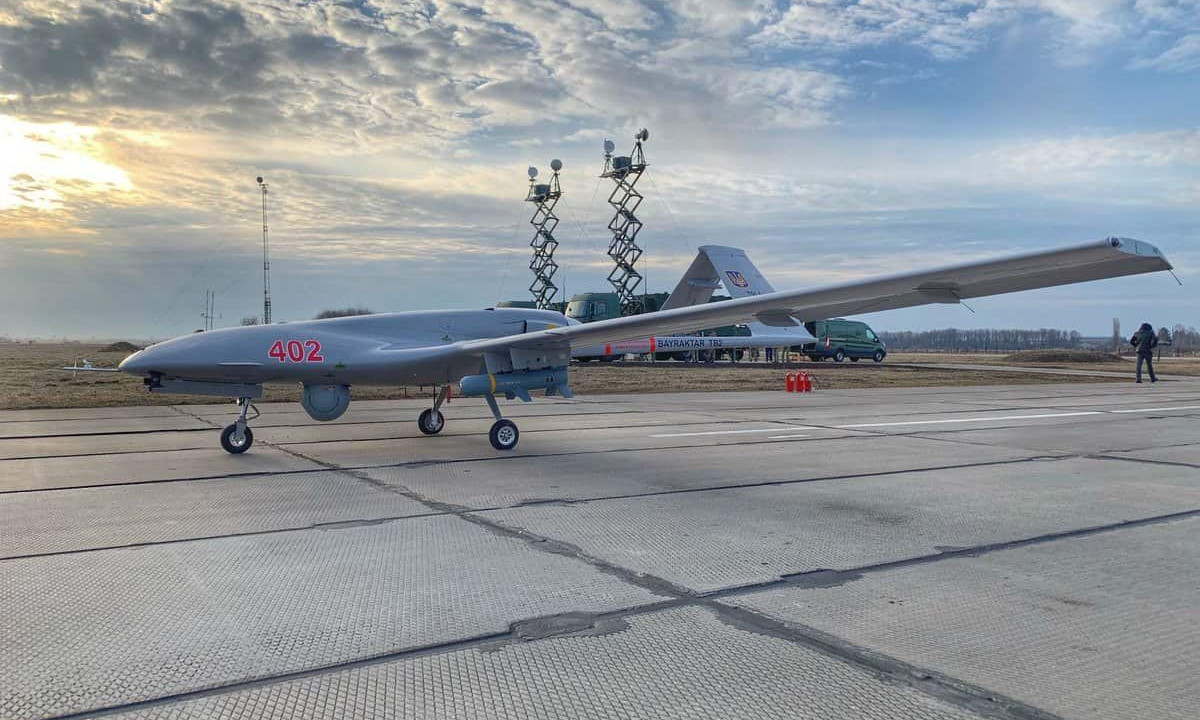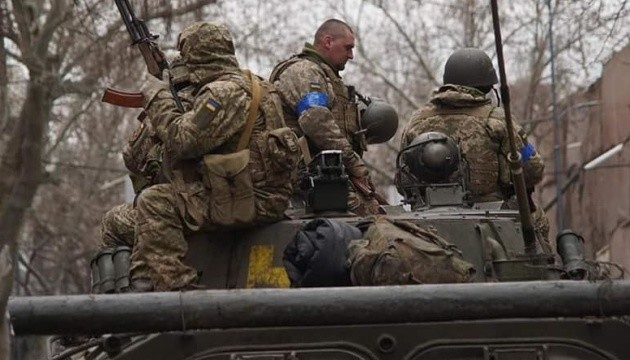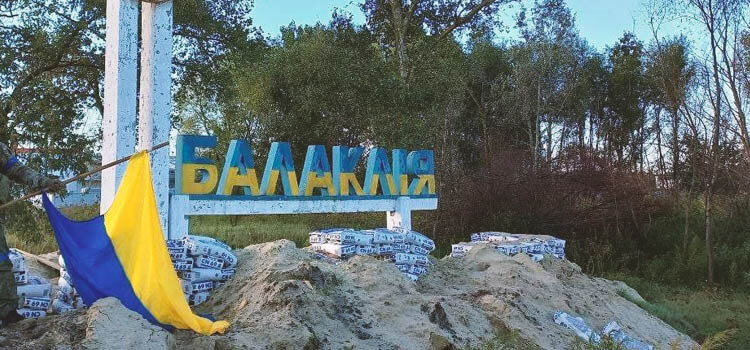Post 1 of 5: Yes we can
Is it opportunistic? It looks well planned and well executed, much more so then the Kherson offensive, at least to me. I don't think Ukraine drew Russian forces into Kherson necessarily either. I suspect Russia has a hard time moving reserves around, and thus has multiple limited reserve groupings on different fronts. I.e. an attack on Kherson doesn't necessarily involve tapping reserves that are supporting the Kharkov front. However this is just my impression.
And south too. There's a second prong of the offensive trying to cut Balakleya off from the south.
1. I have said that at a small unit level (platoon, and company), Ukrainian Army (UA) junior officer leadership is way superior to Russian leadership on the ground.
2. But that is not all there is to success in the battlefield — part of the reason for this success we see in the last 24 hours is also the quality of intelligence. Ukraine has better intelligence on disposition of Russian forces and their sectors — they attacked at the gaps at Balakliya.
3. And Balakliya is an important road & railroad junction connecting key cities (see boxes on satellite map). It has a population of about 28,000. With the amount of Russian forces deployed, it should not be falling or under threat from falling, when under attack by such a small Ukrainian force. There are Russian ammo dumps there, as this city has been using the railroads and roads to ship logistics forward. Russian high command thought their defences there was strong but they are not.
4. What we are seeing at in the fighting at & around Ukrainian city of Balakliya over the last 24 hours, is success of small unit tactics and failure of the Russian company commanders in these defended zones to act as intended. Those "defenses" around Balakliya were actually mixed Russian units, with little coordination between commands. The lack of Russian willingness to fight is a sign of poor morale and more importantly, it shows a lack of communication between adjacent sectors.
5. The Ukrainian force that attacked Balakliya is smaller than even I expected, which means it’s not just the quality of Ukraine’s planning; rather it is the degree of incompetence demonstrated by the Russian Army in deliberate defence — this is incompetence at multiple levels.
6. In the last 24 hours, we see the result of good tactical planning, accurate intelligence of Russian defence sectors, and excellent execution of a deliberate attack by a relatively small Ukrainian armored force that advanced on Balakliya. If you think about this battle in the way I described — Ukraine pushing forward with a small force (when compared to the number of Russian defenders in the immediate area) — it would be accurate to describe this as opportunistic exploit of Russian failure to fight as intended.
7. By May 2022, Ukraine aptly demonstrated to all that Ukraine can do well on the defence. The next question (from then till 9 Sept 2022) was about the ability to conduct an offence:
Q from May: “But what about offence?"
Ans on 9 Sept 2022: "Yes we can."
It would appear then that this is an attritional approach.
8. This latest advance on Balakliya addresses this concern of not getting into a stupid battle of attrition and the UA conducting successful manoeuvre warfare quite clearly. A few posts back, someone was trying to argue that it is a battle of attrition — but he has been proven wrong. As I see it there are 2 parts of strategic communications at war:
One, communicating actual success in achieving military objectives — such as the liberation of Balakliya from Russian occupation.
Two, demonstrating the ability not only to communicate success, but also to address misinformation pumped out by the Russians and successfully troll the enemy (as demonstrated by the issue of the stamp).













